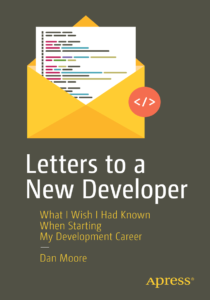As a society and democracy, we don’t need newspapers, but we do need journalism. Please send Clay’s article to anyone who reads or writes for newspapers. We all need to start thinking about how to preserve journalism through the internet revolution instead of hiding from it. Oh, and this too: most of a local newspaper is not journalism.
Thanks to Clay Shirky for a cogent, scary, realistic analysis of this issue. Via Barry Ritholtz.
PS: I hope the universities know that the internet is coming for them too.
